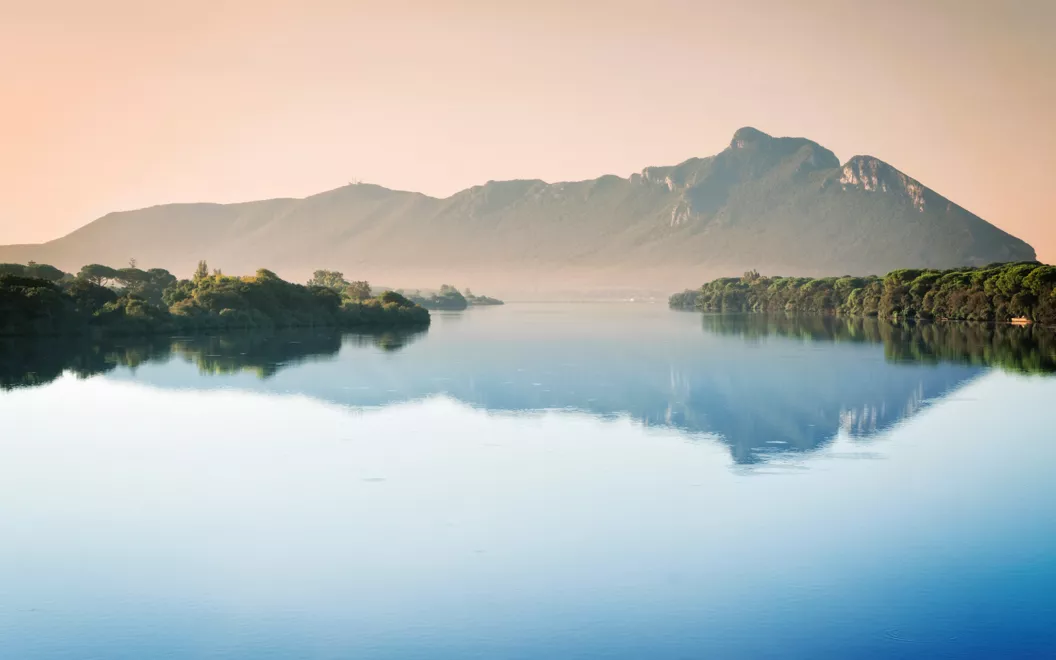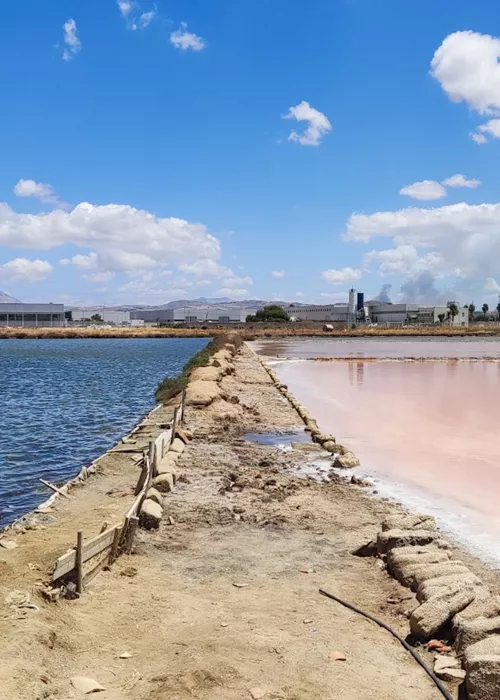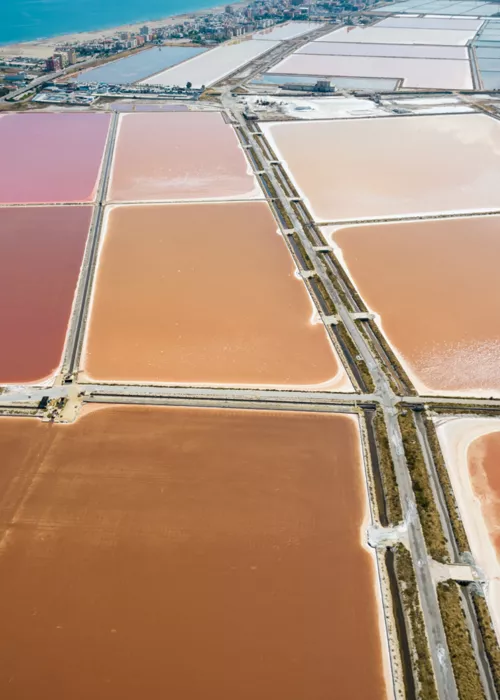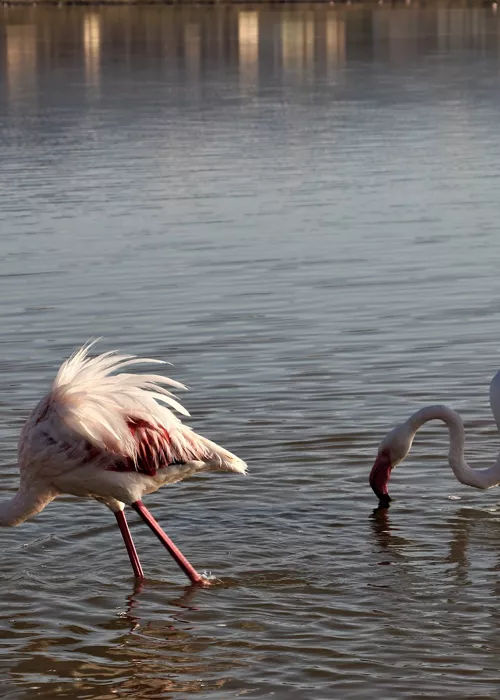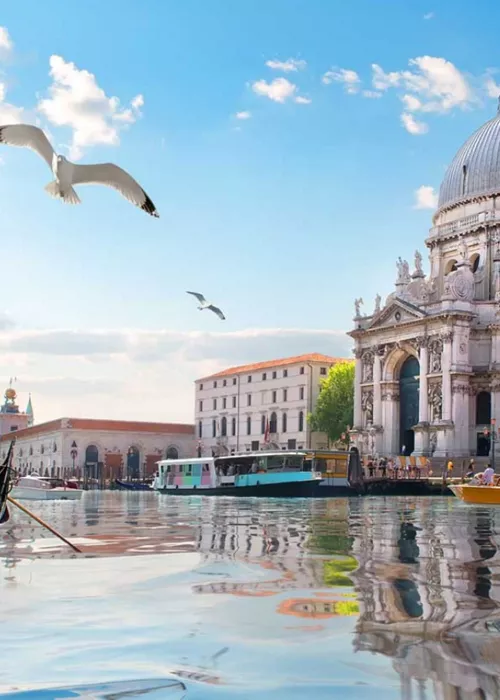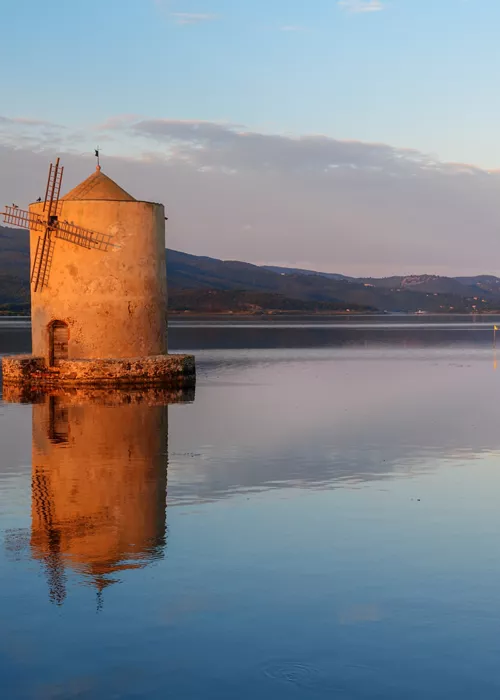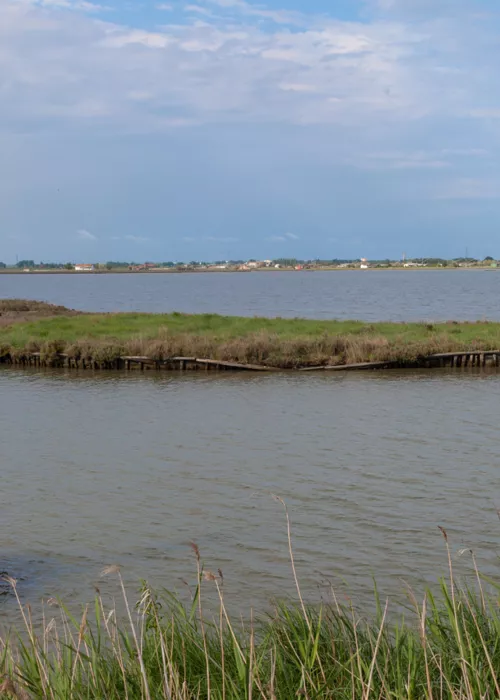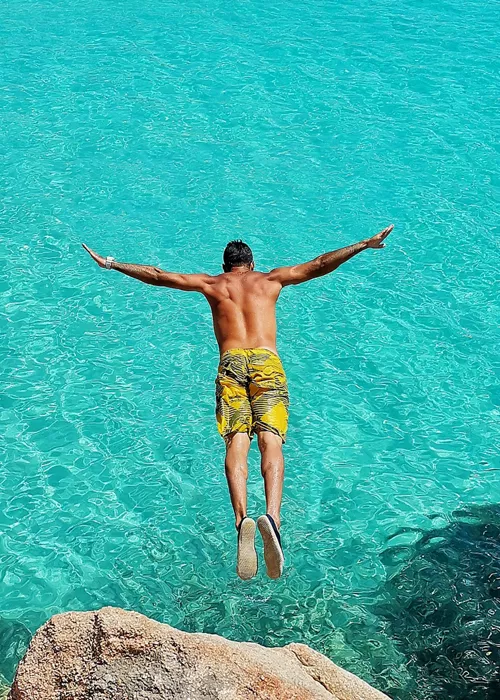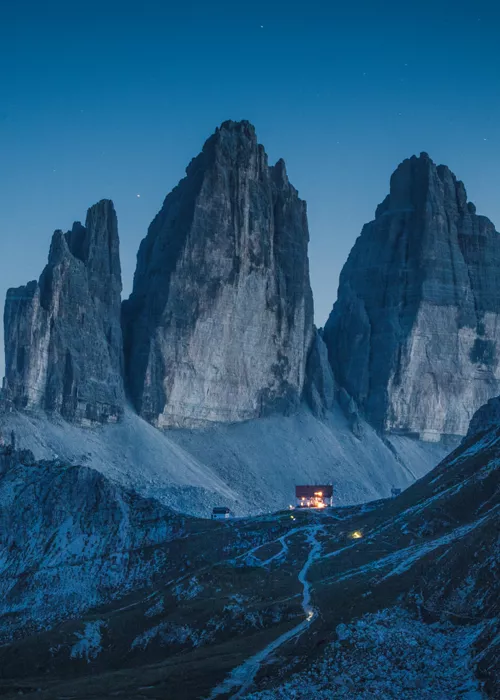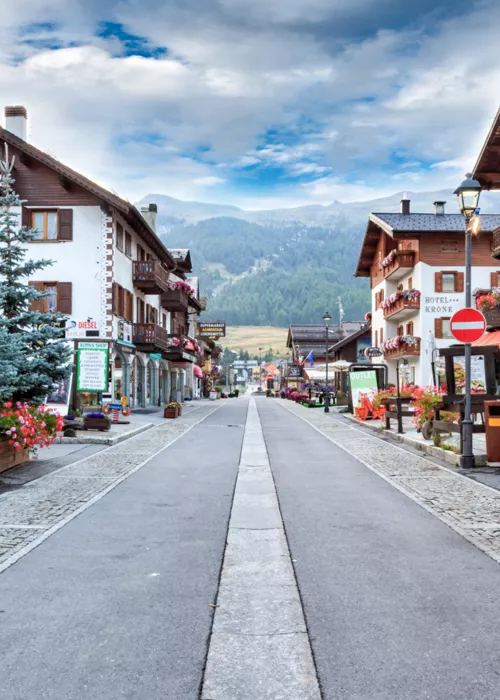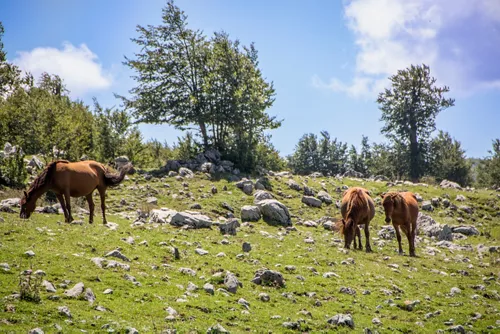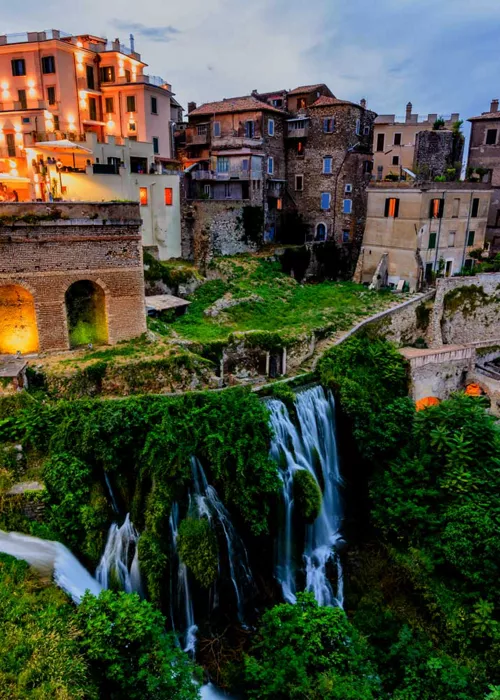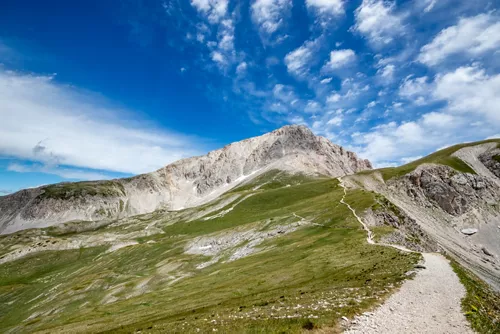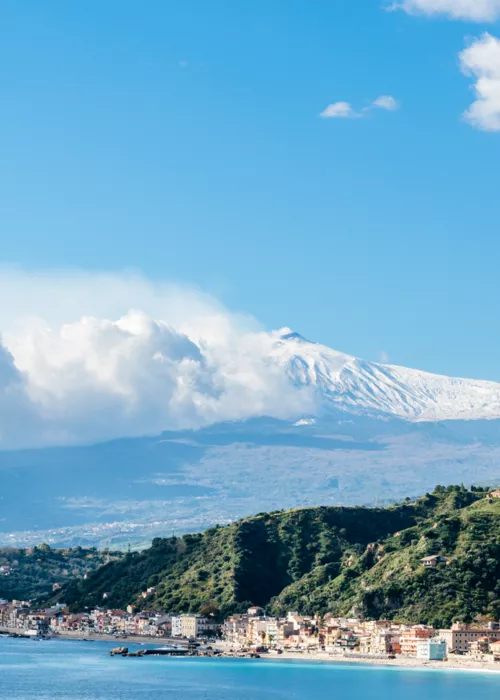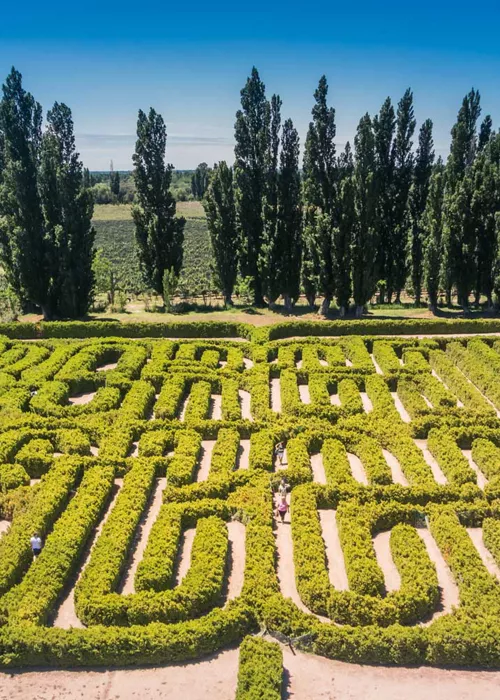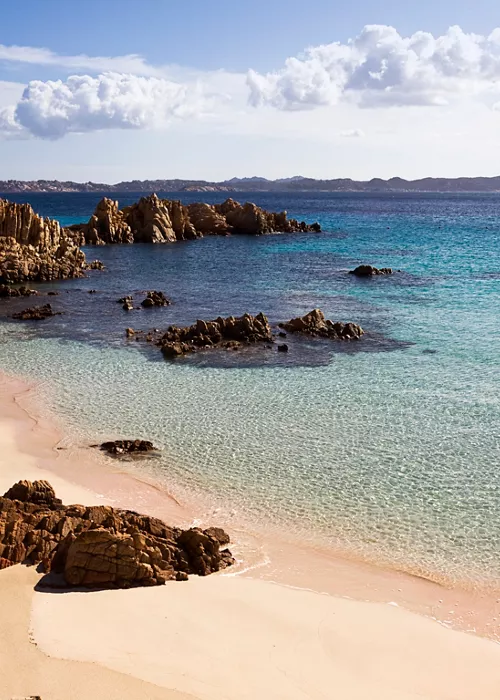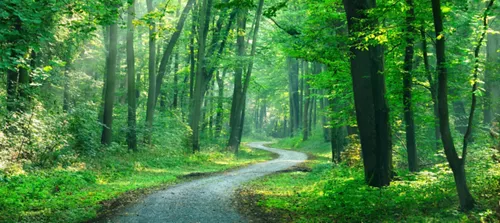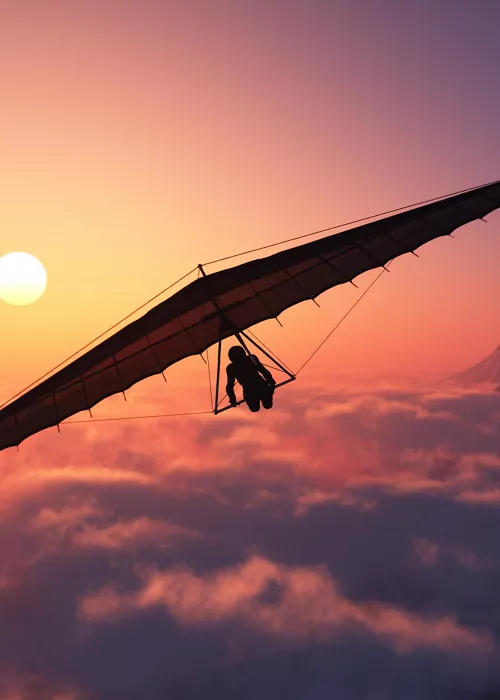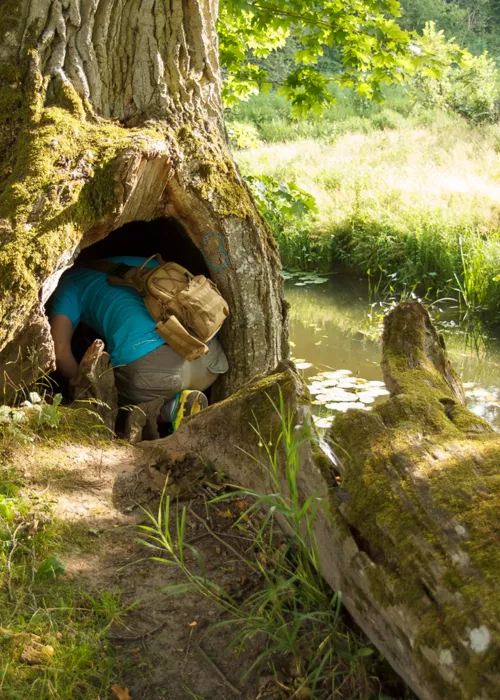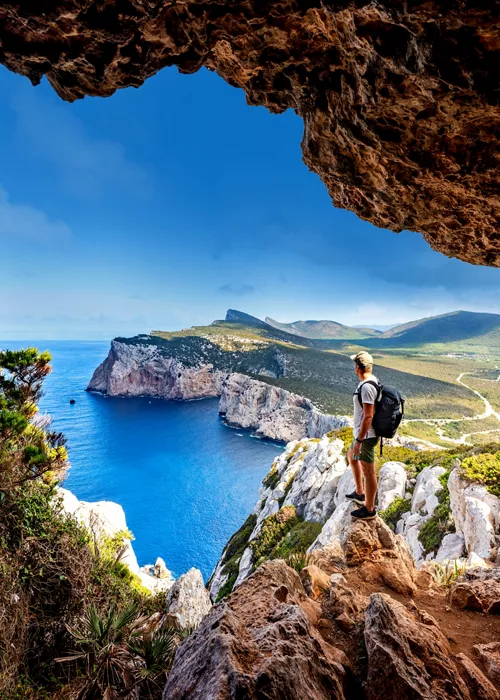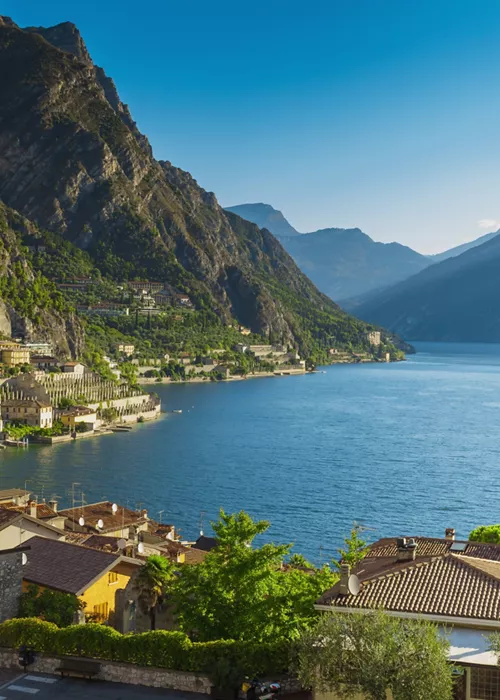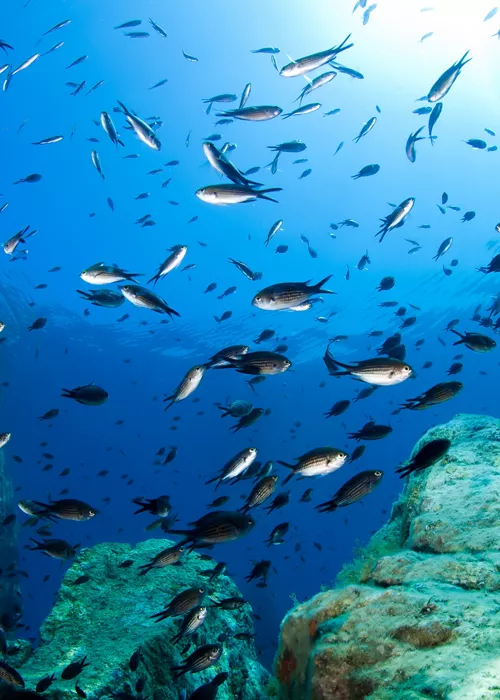2 February, World Wetlands Day
2 minutes
Now in its 53rd edition, the Awareness Day, established under the Convention on Wetlands of International Importance signed in Ramsar, Iran, on 2 February 1971, wants to remind us that, in a world where fear of diversity increasingly seems to be penetrating souls and raising barriers between people, peoples and states, knowledge and protection of these precious ecosystems must be the subject of international cooperation.
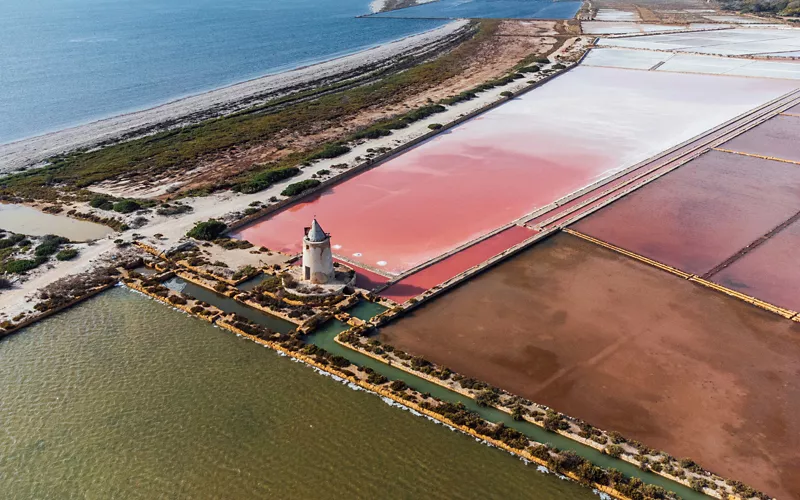
Italy is rich in these 'nature paradises'. In fact, due to the complex morphology of its territory, it has numerous places that have in water, fresh or brackish, the central element of healthy environments and 'special' living systems, in which man has built his 'home', drawing great benefits. One only has to think of the ancient tradition of the 'marcite' developed in the Middle Ages by the great abbeys of the Po Valley or of the salt pans scattered almost everywhere along the Peninsula: from the salt pans of Trapani, in Sicily, with the romantic outline of windmills, to the salt pans of Cervia in Emilia Romagna, with its colourful backdrop of marvellous flamingos and more than 100 species of birds, via the 'Margherita di Savoia' salt-pan nature reserve in Manfredonia, Apulia, the largest in Europe and a favourite destination for birdwatchers, to the Molentargius Saline Nature Park in Sardinia, one of the most important wetlands in the Mediterranean basin for nesting flamingos. (put up some links)
Lagoons, lakes, rivers, ponds, rice fields and salt pans. Extraordinary ecosystems, characterised by a rich biodiversity, these places constitute a unique and irreplaceable vital habitat for amphibians and waterfowl, offer refreshment to migratory birds, mitigate the effects of climate change and are a valuable ally against hydrogeological disruption and drought thanks to their great water storage capacity.
To date, there are 57 Italian 'wetlands' recognised as being of international importance in the Ramsar Convention list. They offer unique and extremely varied views of the beauty of the Italian territory, ranging from foothill lakes, such as the Pian di Spagna and Lago di Mezzola Nature Reserve, in Lombardy, at the confluence of the Valtellina and Valchiavenna, among the first to be recognised (in 1976), to brackish lakes along the coasts, such as the Cesine in Apulia or the Lago di Sabaudia in Lazio.
Fascinating places, rich in natural beauty and history, offering exceptional natural and man-made landscapes, such as the Lagoon of Venice, in Veneto, the Lagoon of Orbetello, in Tuscany, and the Po Delta Park in the Comacchio Valleys landscape, in Emilia Romagna, a UNESCO-recognised site of international interest worthy of special protection.
On 15 February 2023, the EU Regulation 2021/57 came into force, banning the use and transport of lead ammunition in wetlands to protect the health of waterfowl and human habitats.
The aim of the international Ramsar Convention, in addition to the identification, conservation and enhancement of areas defined as "wetlands", is in fact also to protect the traditional activities developed in the interaction of man with the environment.

